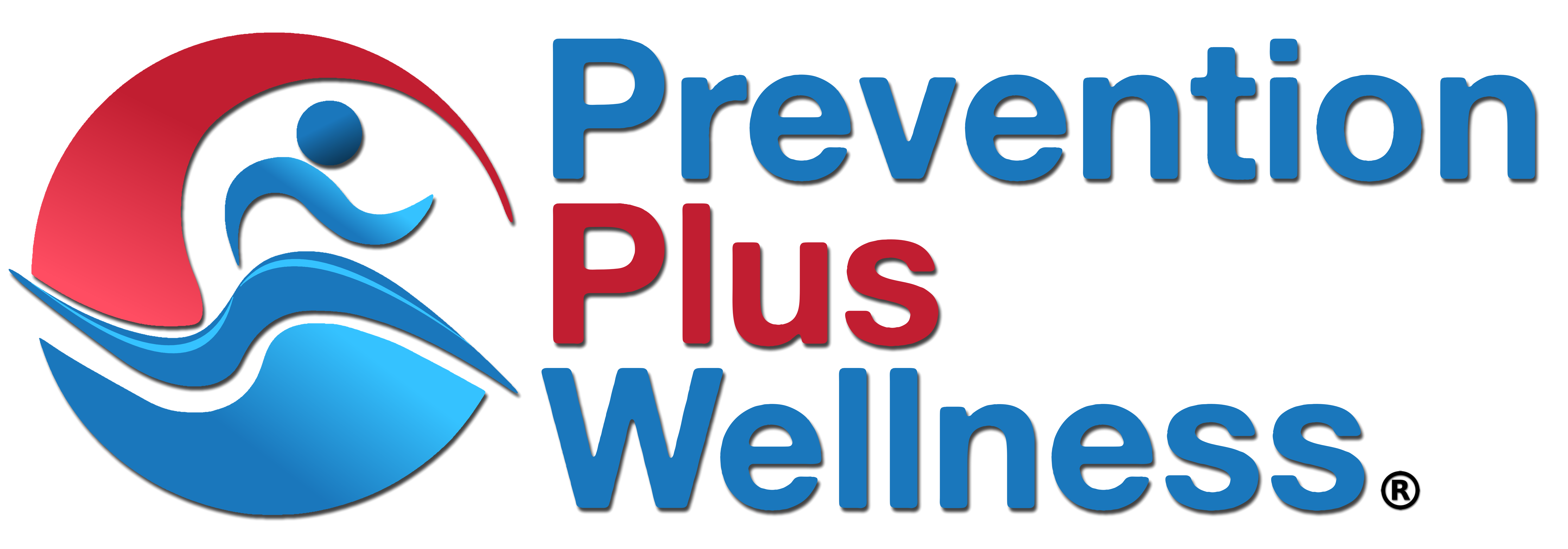A recent article published online by McAlister and Quinn, a federal grant consulting and government relations firm, provided a practical guide for non-profits navigating state-level settlement grants: https://jm-aq.com/how-nonprofits-can-access-opioid-abatement-funds/
We highlight information from this article for those dedicated to preventing youth opioid use disorder and overdose.
What are the opioid abatement settlements?
As stated in the post, opioid abatement funds are the result of legal settlements with opioid manufacturers, distributors, and retailers which are intended to remediate the harm caused by the opioid crisis, through prevention, treatment, recovery, and support services.
Each state has developed a process for distributing their funds. The good news is that non-profits providing substance use prevention services are eligible to apply for grant programs in many if not most states.
How to Apply for Opioid Prevention Funding
The article’s authors recommended starting a search for funding by visiting the Guides for Community Advocates on the Opioid Settlements.
This website provides a state-by-state drop-down menu to access each state’s comprehensive guide on opioid settlement funds: https://www.opioidsettlementguides.com/links-to-state-guides
Prevention specialists and organizations can look at the section on “Grant Funding” for information on whether their state is funding opioid prevention and what opportunities exist for prevention advocates.
Look for youth prevention funding priorities, application timelines, and funding scope which can range from local, to county and even state-wide.
In addition, the section on “Updates” provides information on how to stay informed about future opioid prevention funding opportunities. Sign-up for any email updates on opioid abatement funding programs.
Prepare a Winning Proposal
The article suggests the following points be considered when creating your opioid prevention grant application, based on previous year’s programs. We’ve added the advantages of targeting Prevention Plus Wellness (PPW) programs when addressing these points in grant writing:
1. Evidence-based approaches. We recommend Prevention Plus Wellness (PPW) programs which are not only designed to prevent opioid and other substance use/misuse but increase healthy lifestyle behaviors linked to improved mental and physical wellbeing.
2. Partnerships. PPW programs are available for preventing opioid use disorder among youth and young adults but also include brief practical training for parents and caregivers who wish to help their youth avoid substance use and improve their healthy lifestyles.
3. Clear goals/objectives, outcomes, and evaluation plans. PPW programs come with built-in online evaluation tools to track program implementation quality, fidelity and outcomes.
4. Sustainability beyond the grant period. PPW offers multi-year Unlimited Program & Training Licenses which can provide access to evidence-based PPW programs and implementer training beyond a particular grant funding period. Since most PPW programs are just a single brief scripted session, they are likely to be offered to nearly all youth/young adults, enhancing public health reach and impact.
To review previous grant awards, the National Academy of State Health Policy provides the State Opioid Settlement tracker: https://nashp.org/state-tracker/state-opioid-settlement-spending-decisions/
This tracker offers a snapshot of which states have announced awards from settlement funding or published priorities to guide settlement spending such as youth opioid use disorder prevention.
Conclusion
Providing youth opioid use disorder and overdose prevention is a critical first line of defense against addiction, morbidity and mortality, and an essential use of opioid abatement funding.
Prevention professionals and organizations should familiarize themselves with opioid overdose funding opportunities in their region and state and consider evidence-based Prevention Plus Wellness programs and training as practical and sustainable tools for reducing opioid use risks and increasing protective healthy lifestyle behaviors and mental health among youth, young adults and their parents/caregivers.

